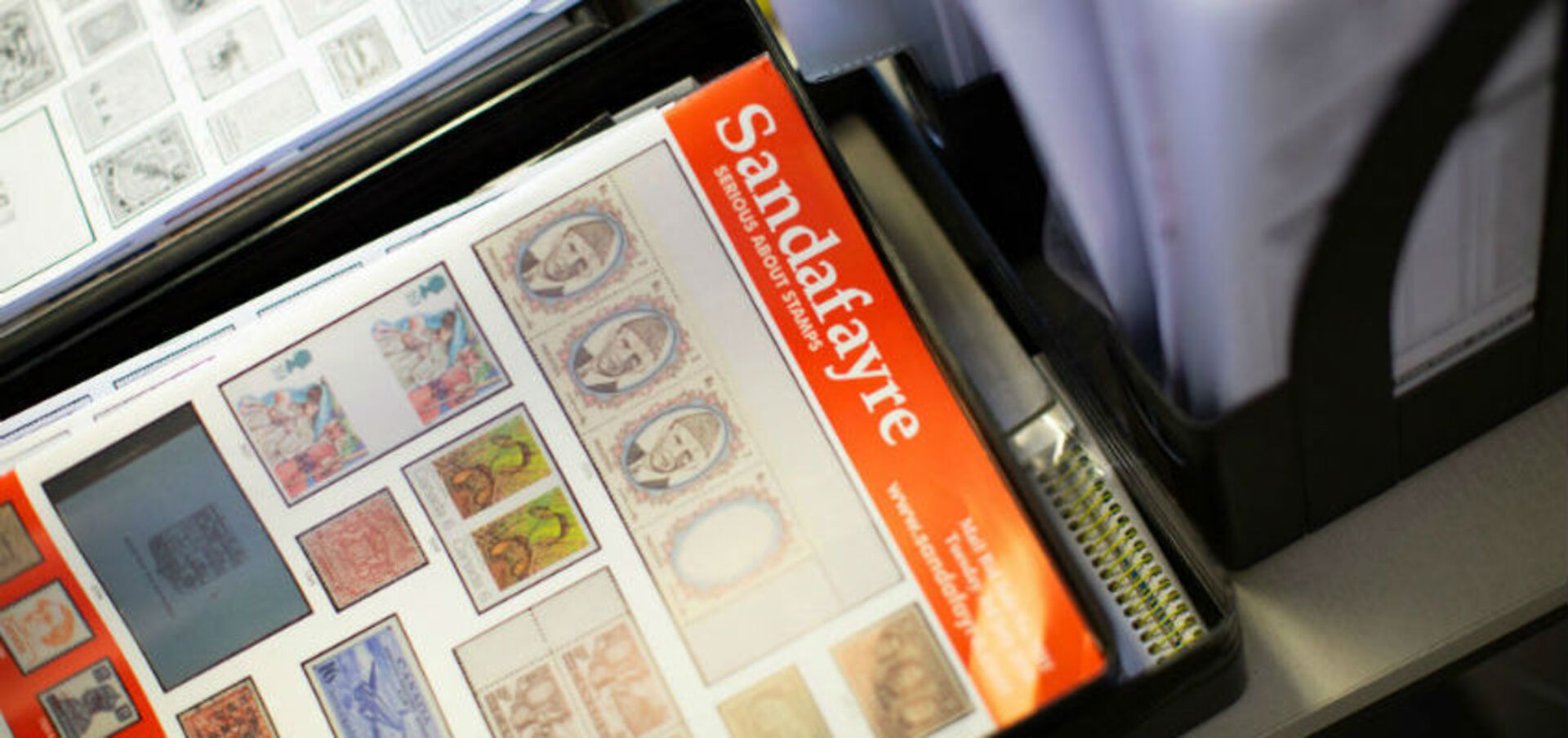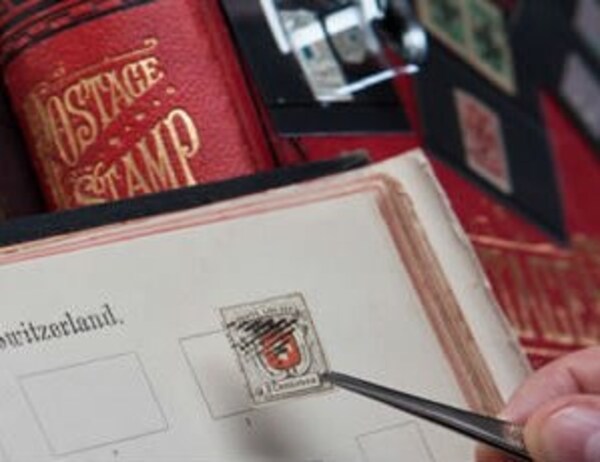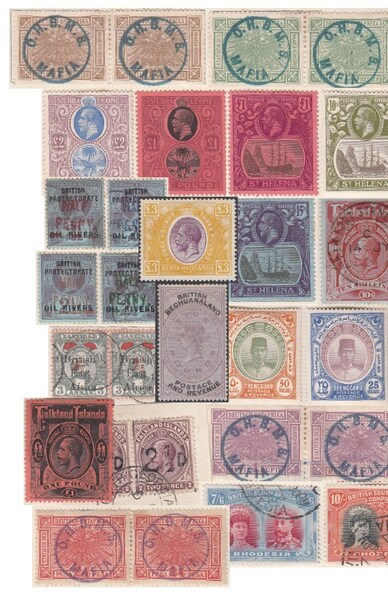Advice to an absolute beginner is straightforward compared with the advice I would proffer to an established collector who, for one reason or another, wishes to change direction and take up an entirely new field. The beginner does not approach the subject with all the baggage accumulated (both literally and metaphorically) in previous years of collecting, all the likes and dislikes, preferences and prejudices, so it is fairly straightforward. Collect what takes your fancy is simple, good advice.
But if you are an established collector you may wish to change direction for a variety of reasons. You may have been collecting the stamps of Bongoland, man and boy, and have reached the stage where the only missing items are those impossibly rare errors or elusive surcharges.
The blank spaces on the relevant album pages are a constant reproach, a reminder of lost opportunities, of auction lots on which you were the underbidder. Your deadly rival is younger than you are, and probably fitter, so there is no point in waiting for him to go to the stamp-shop in the sky before you can descend on his widow, cheque-book at the ready. You may have had the chance to buy those rarities, but at the time the dealer who had them was demanding a premium over the Gibbons catalogue quotation, rather than offering the discount ‘off cat’ to which you were accustomed. Only later did you realise your folly, and your chagrin is matched only by the immensity of the increases in the catalogue values of these items ever since.
There is only one thing worse than the frustration at failing to attain completeness – and that is completeness itself. Perhaps it is a flaw in our psychological make-up, but reaching that point at which you have everything imaginable, with little or no prospect of ever adding anything further, is an absolute turn-off. I have observed this phenomenon many times over the years, in collectors who reached total saturation in some dead country or other and had won all the gold medals and grand prix. They are like Alexander the Great who wept when there were no more lands to conquer.
Of course, if you are collecting a country that is still alive and kicking, there is always next week’s new issues to contend with; but this brings me to the greatest problem that besets all collectors of contemporary stamps. Every country (with the exceptions of Myanmar, Aitutaki and a few others) seems hell-bent on producing new varieties just about every week. The frenzied output in Millennium Year, in fact, induced many collectors to draw the line at 2000. Either they turned their attention to earlier periods and concentrated on filling some of the expensive gaps, or they decided that the time had come to make a completely fresh start.
And this is where the fun begins. Interestingly, at such a philatelic mid-life crisis, quite a few philatelists have turned away from traditional philately altogether and suddenly embraced thematic collecting. There is a measure of sense in this. If you are, or have been, a fireman, then it is logical to collect stamps and covers showing fire-fighting or fire-engines. Doctors collect stamps featuring medicinal plants or pictures of hospitals, while ex-RAF types collect stamps showing fighters and bombers. I have actually turned people on to philately by showing them stamps depicting subjects related to their professions or their passions. Not only do they easily relate to their chosen theme, but their professional experience enables them to build up collections with real meaning and cohesion. The thematic approach leads them into all sorts of byways, such as postal stationery, picture postcards, meter marks and souvenir covers.
There may be a danger of getting so side-tracked by all this collateral material that the original object – the postage stamp – gets lost sight of. For this reason many philatelists who give up on one country decide to take up the stamps of another. ‘The stamp’s the thing’ was a slogan of the Old Guard in my youth (at a time when thematics and postal history had the allure of sheer novelty, but were disdained by the Old School) – a reminder that philately was all about stamps and that we should never lose sight of this fact.
The prospect of taking up an entirely new collecting field is a very attractive and appealing one, but where do you begin? You may already have the nucleus, perhaps a few pages in your old general collection, so long neglected, but at least a basis on which to build a specialised study. Sometimes external factors can influence your decision, such as a business connection or a holiday in a particular part of the world.
A friend of mine, a lifelong devotee of Norwegian stamps, decided to switch to Andorra of all things, after spending a couple of vacations in that remote Pyrenean principality. What began as the rather jejeune pastime of driving around that tiny country, photographing the post offices and mailing covers to himself with the stamps of the respective French and Spanish postal administrations, soon developed into a serious pursuit. He was fortunate in that Andorran stamps only date from the late 1920s and neither French nor Spanish authorities have ever been prolific in the matter of new issues.
Record of the Faroese stamps is even shorter than that of Andorra, but I soon got hooked on Faroese covers and cards with Danish stamps, with place names in the Danish form before the Faroese names were adopted.
If you are selecting a country which is still issuing stamps, it might be advisable to choose one with a modest output – enough to sustain interest without overdoing it. One thing that Andorra and the Faroes have in common, apart from a low frequency of new stamps, is that the motifs and subjects invariably reflect the country concerned. Such integrity, ignoring the temptations to jump on the bandwagon of Queen Mum memorials, the World Cup or the Olympic Games, is a rare thing these days, but there are still sufficient countries who pursue such conservative policies as to provide you with a wide choice.
A quick browse through the Gibbons or Scott whole world catalogues will soon reveal which countries to avoid and which look promising. Having made your choice the first step should be to enrol as a subscriber to the relevant philatelic bureau. Even if you don’t know the actual address, your favourite Internet search engine should soon provide the answer; try the country name and the keyword ‘posts’ and that should do the trick. Most bureaux now have very good websites that enable you to order stamps and stationery on line, but even if you prefer to do things the old-fashioned way there are provisions for ordering by post or fax and paying by credit card, either as a standing order whereby you automatically get everything as it is released, or as a special, one-off, order.
Many bureaux carry a range of year-packs and year-books going back several years and this method offers you the opportunity to get a good range of relatively recent issues at rock-bottom prices. But if you choose a country whose stamps have been around for some time your best bet is to take the advice that was offered to me many years ago.
My first holiday job was as the office boy in an import-export firm whose main business was with India and Pakistan and in the course of a few weeks I had amassed quite collection of the contemporary stamps of these countries. I decided to concentrate on Indian stamps and at this juncture I was advised by my friendly neighbourhood stamp dealer to purchase the most comprehensive one-country lot I could afford. A provincial auction soon provided the opportunity to go after just such a collection of Indian stamps from 1854 to the late 1940s. I blew my meagre wages on this lot which I secured for £18 (rather below the pre-sale estimate) and thus became the proud possessor of an album that ranged from quite a tolerable example of the 4 annas indigo and red up to the end of the British Raj, including the Edwardian and Georgian high values. Best of all, at the back of the album was a fine range of the stamps of the Feudatory States, many of which must have been elusive even back in the early 1950s but which have since gone into orbit.
I still have that collection, although it is more or less dormant nowadays as my interests have changed. Not only did I eventually get better examples of the 4 annas of 1854, but also nice examples of the blue and white half anna Scinde Dawks which preceded it. I managed to fill all the gaps in the issues of British India up to 1948, but I am still struggling with the native issues – especially as a result of Gibbons adding new states, such as Dungarpur and Shahpura, which were not listed when I embarked on this collection. Along the way I branched out into such sidelines as Indian TPOs, Indian stamps used abroad and even such airmail exotica as the pigeongrams and rocket posts of the 1930s.
I said a minute ago that this collection was dormant, but digging out the files to refresh my memory in the preparation of this article has, dare I say it, rekindled my interest. So where do I go from here?


 General
General
 General
General
 General
General